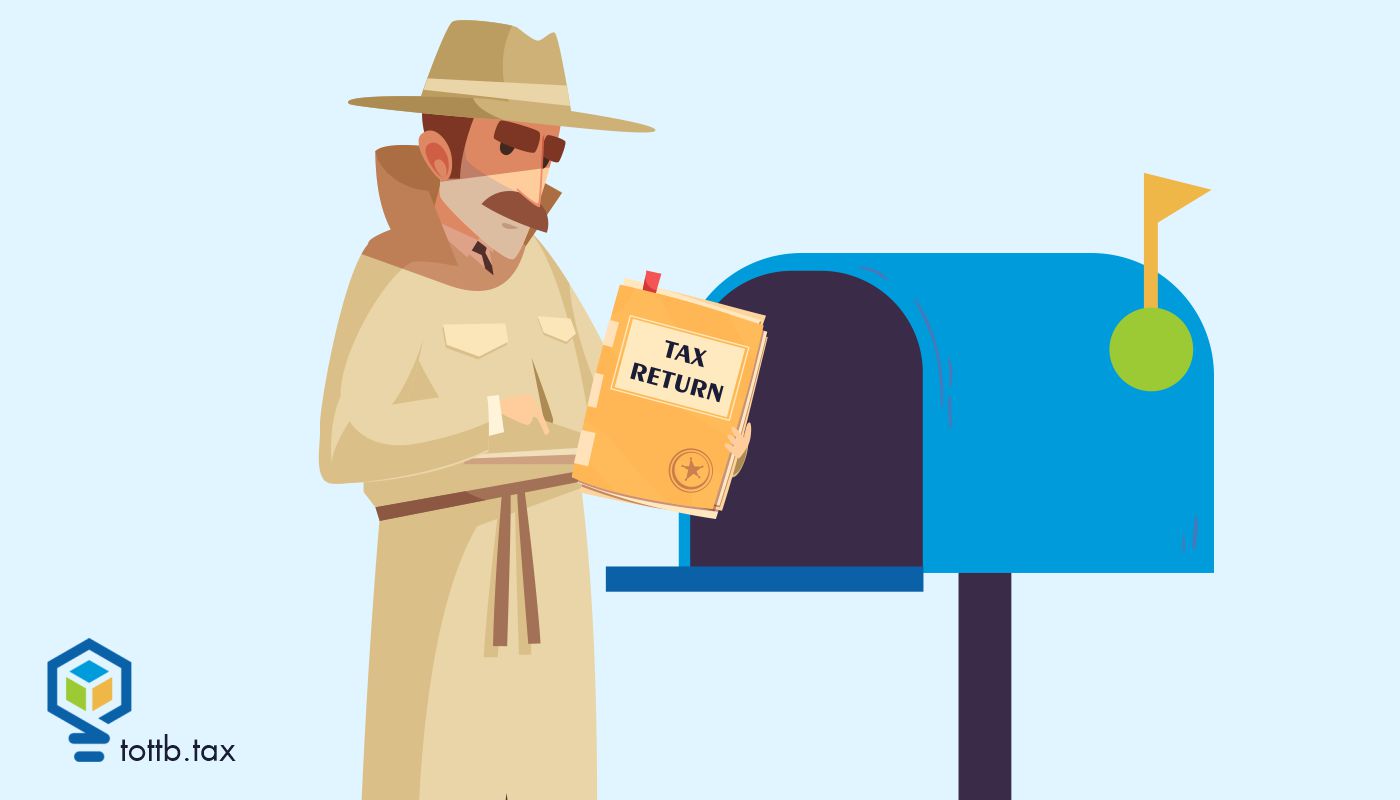When an individual sells a stock for a loss, it is a capital loss, and Congress makes it difficult for individuals to use their capital losses.
The tax law only allows capital losses to the extent of capital gains. If capital losses exceed capital gains, the individual can only use up to $3,000 per year against ordinary income ($1,500 if married filing separately).
However, there is a way around this rule: Losses on Section 1244 stock are ordinary losses, and claiming this valuable tax benefit allows an individual to save thousands of dollars in tax in the year of sale compared to the standard capital loss treatment.
Let’s review what qualifies as Section 1244 stock, what benefits a taxpayer can get from Section 1244 stock, and how to claim those benefits on a tax return.






